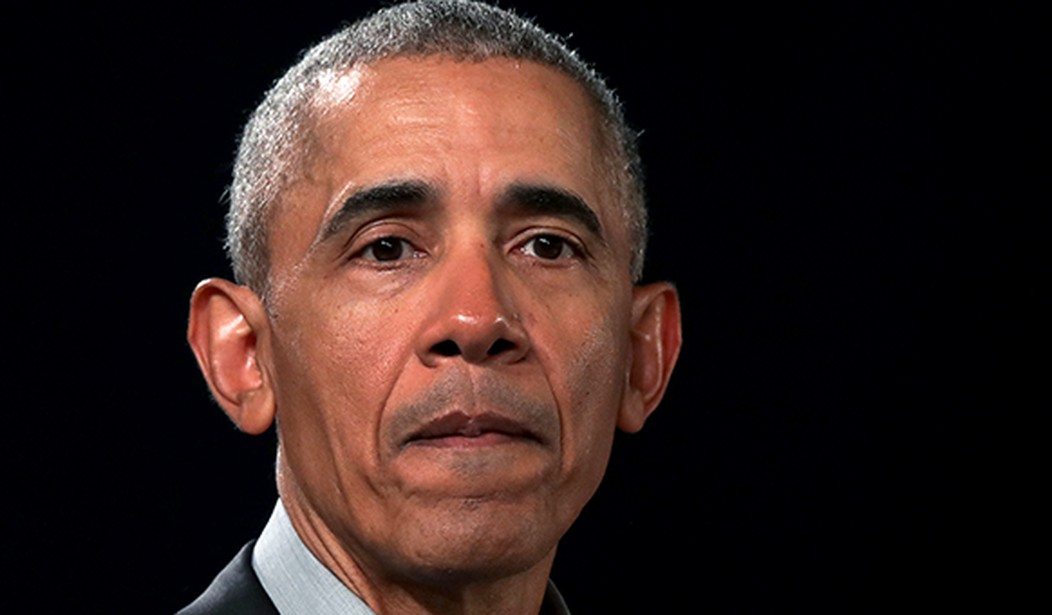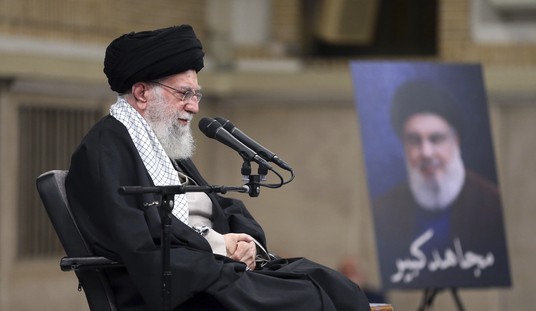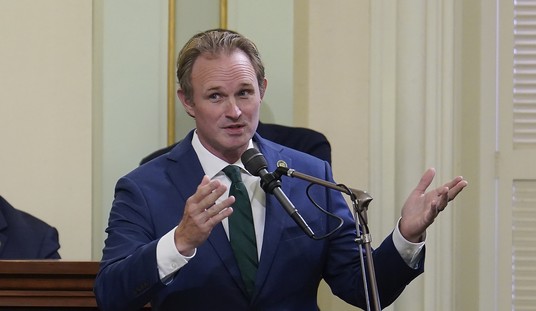
Former US President Barack Obama attends a town hall meeting at the ‘European School For Management And Technology’ (ESMT) in Berlin, Germany, Saturday, April 6, 2019. (AP Photo/Michael Sohn)
In April 2009, H1N1 (the swine flu) was first detected in the U.S. According to the CDC, this “virus was a unique combination of influenza virus genes never previously identified in either animals or people.” Sounds almost like the descriptions we’ve been hearing of the coronavirus.
It began to spread immediately and President Obama addressed Americans briefly (1:27) at the end of April. He said that U.S. health officials were monitoring the situation. He recommended that if a student becomes infected, his or her school should consider closing down temporarily to contain the disease. Obama said he had requested $1.5 billion from Congress to support the government’s efforts. Finally, he called on Americans to take the same precautions they would to prevent any other flu. “Wash your hands, cover your mouth when you cough. Stay home from work if you’re sick.” And he assured us the government would do whatever it takes to keep Americans safe.
I don’t think House Speaker Nancy Pelosi or then-Senate Majority Leader Harry Reid accused him of not asking for enough money. And I’d be willing to bet no one accused him of not doing enough to keep Americans safe.
They had far more important things on their mind at the time. They were preoccupied with passing The Affordable Care Act in the spring of 2009 and the swine flu was an unwanted distraction.
By October, Dr. Thomas Frieden, director of the CDC told CNN, “millions of people in the United States have been infected, at least 20,000 have been hospitalized and more than 1,000 have died.”
President Obama finally declared H1N1 a public health emergency on October 24, 2009. He issued a statement which read, “The 2009 H1N1 pandemic continues to evolve. The rates of illness continue to rise rapidly within many communities across the nation, and the potential exists for the pandemic to overburden health care resources in some localities. Thus, in recognition of the continuing progression of the pandemic, and in further preparation as a nation, we are taking additional steps to facilitate our response.”
On November 12, 2009, the CDC reported an estimated 22 million Americans had been infected with H1N1 and 4,000 Americans had died.
Fast forward to 2020. China first reported the coronavirus to the World Health Organization on December 31, 2019.
According to the American Journal of Clinical Pathology:
On December 30, 2019, scientists in China “a cluster of patients with pneumonia of unknown etiology was observed in Wuhan, China, and reported to the World Health Organization (WHO) China bureau in Beijing. A week later, January 7, 2020, a new coronavirus (SARS-CoV-2) was isolated from these patients.”
On January 31, 2020, President Trump declared a public health emergency. USA Today reported that “quarantines of Americans who have recently been to certain parts of China” had been set up, “the first quarantine order issued by the federal government in over 50 years.”
Among the other steps taken:
[The government] began restricting U.S. access to non-citizens from China. Flights filled with U.S. citizens who were in Wuhan were brought to America and those people were quarantined on U.S. military bases for two weeks.
U.S. citizens who have been in China’s Hubei province during the past 14 days and are returning to the U.S. States will undergo health screenings and be monitored during mandatory quarantines of up to 14 days, officials said.
[Secretary of Health and Human Services Alex] Azar also announced a temporary suspension of entry into the United States of foreign nationals who pose a risk for the transmission of the coronavirus.
All flights from China to the U.S. will be funneled to one of seven airports that are designated ports of entry: New York, San Francisco, Seattle, Honolulu, Los Angeles, Chicago and Atlanta.
The Trump Administration took decisive action to minimize the impact of the coronavirus in the first month. The disease had been declared a public health emergency one month before the first U.S. death. Despite the unwarranted criticism coming from the left, the government appears to be focused on protecting Americans.
When asked what more the Trump Administration could be doing, Democrats have no real answers. But that doesn’t stop them. Late last week, a New Democratic talking point was heard. CNN’s Brian Stelter wasn’t smart enough to originate it, but as always, he’s happy to tow the party line.
He sent out the following tweet: “Since the dawn of the Trump era, countless experts have warned that the president’s lack of credibility would imperil the country in the event of an emergency. As the coronavirus outbreak worsens, those fears may be coming true…”
Never at a loss for words and tired of the Democrats’ BS, James Woods called Stelter a “Helium-voiced little b*tch.”
Since the Russia hoax was such a joke, and the impeachment backfired fired so resoundingly, what would people who once got a boner for Michael Avenatti do? Well, pray for a catastrophe to attack Trump, of course. Even a Helium-voiced little bitch like Stelter can find God. https://t.co/m7VmZP6hfK
— James Woods (@RealJamesWoods) February 28, 2020
H/T to PJ Media













Join the conversation as a VIP Member